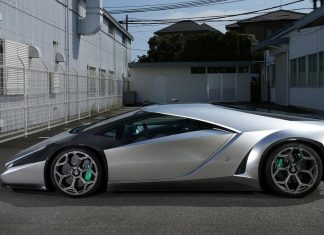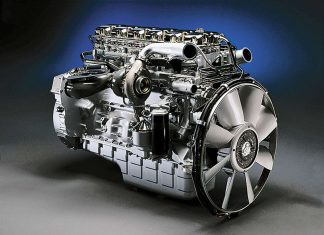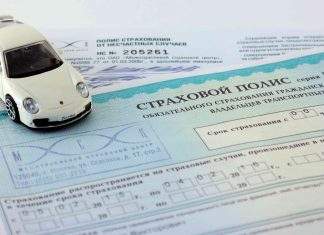Arteon — a new line of engines
The updated Arteon and Arteon Shooting Brake range will be offered with three turbocharged petrol (TSI), twin turbo diesel (TDI) and one plug-in hybrid (eHybrid) versions. maximum power is 140 kW (190 hp) and...
90% of Renault-Nissan-Mitsubishi vehicles will be hybrid by 2022
The development of the Renault-Nissan-Mitsubishi alliance will be based on three main support points - electrification, connectivity and autonomy. It's being commented by the automotive giant, and they're sharing new details about their vision...
Подробнее об уникальном Ken Okuyama Cars Kode 0
Японский автомобильный дизайнер Кен Окуяма сделал наброски для Pininfarina Ferrari Enzo Ferrari, а на Конкурсе элегантности в Пеббл-Бич представил уникальную копию Kode 0 на базе Lamborghini Aventador.
Кен Окуяма прекрасно знает, как должен выглядеть суперкар...
Prawdy i mity o dieslach
Diesle w ostatnich latach były przeznaczone chyba dla najbardziej wrogiego człowieka i natury. I dość szybko zapomniano o ich pozytywnych cechach - przydatności do codziennego użytku i dalekich podróży, wyższej wydajności, większej trwałości i...
Виды автострахования и какое выбрать?
В соответствии с Законом об обязательном страховании автострахование классифицируется как страхование, не связанное с жизнью. Нужно отметить, что если вас интересует ОСАГО ВСК, то рекомендуем посетить данный сайт.
К ним относятся не только обязательное страхование...











